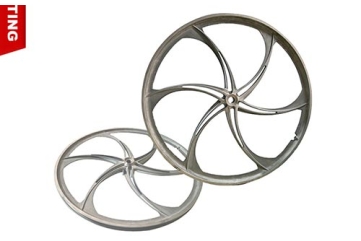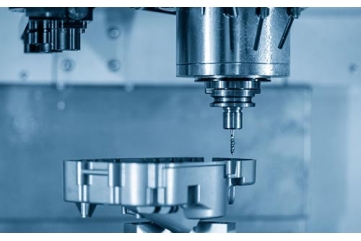DIE CAST PARTS 5 TRENDS OF NEW ENERGY VEHICLE (NEV) IN THE FUTURE
With the rapid development of the automobile industry and the increasing demand for sustainable mobility solutions, the market for new energy vehicles (NEVs) is growing fast. However, NEVs not only require advanced technology and high-performance batteries but also rely on quality, reliable and efficient parts and components. In this article, we will discuss the top 5 trends that will shape the future of NEV components, including generalization, modularization, environmental protection, electronic intelligence, and lightweight.
1. Generalization
As NEVs become more popular, manufacturers are looking for ways to streamline the production process and reduce costs. To achieve this, one solution is to standardize and generalize components across different models. Generalized parts can be produced in large quantities, reducing the cost of production while improving efficiency. This will make NEVs more accessible to consumers.
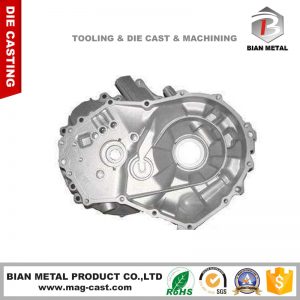
2. Modularization
Modularization is another trend in NEV component development. By developing parts and structures that can be easily replaced and upgraded, manufacturers can prolong the lifespan and maintainability of NEVs, reducing overall costs for consumers. Modularity also allows for easy customization and personalization, giving customers greater flexibility in choosing the features they want.
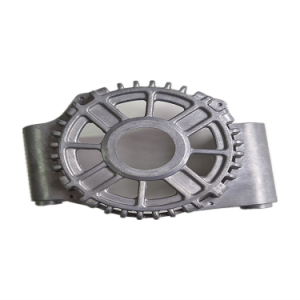
3. Environmental Protection
In addition to performance, NEV components must be environmentally friendly. With the rise of environmentalism and the increasing global emphasis on sustainability, NEV components are being developed with a focus on reducing energy consumption and greenhouse gas emissions. For example, lightweight materials like carbon fiber are being used to reduce weight and improve energy efficiency. Additionally, NEV parts manufacturers are shifting towards recyclable and biodegradable materials to reduce waste and pollution.
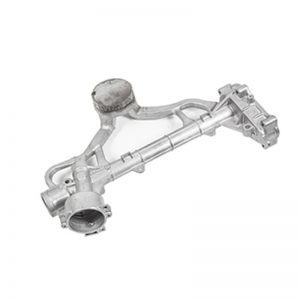
4. Electronic Intelligence
Electronics play a crucial role in the performance and efficiency of NEVs. Smart technology is being integrated into NEV components to improve control, communication, and safety. For example, sensors and cameras can monitor battery levels and temperature, alerting drivers to potential issues. Electronic components can also communicate with other parts of the vehicle, adjusting performance based on driving conditions and personal preferences.
5. Lightweight
Weight is an important factor in the efficiency and performance of NEVs. Lighter components enable NEVs to travel further on a single charge, achieving longer ranges. Manufacturers are investing in lightweight materials such as aluminum and magnesium to make NEVs lighter, more energy-efficient, and more cost-effective.
Overall, the future of NEV components will be defined by their generalization, modularization, environmental protection, electronic intelligence, and lightweight design. As the market for NEVs continues to grow, manufacturers will need to innovate and adapt to keep pace with changing consumer needs and regulatory requirements. By investing in these trends, manufacturers can produce more efficient, reliable and environmentally friendly NEVs, ultimately improving the quality of life for all.


